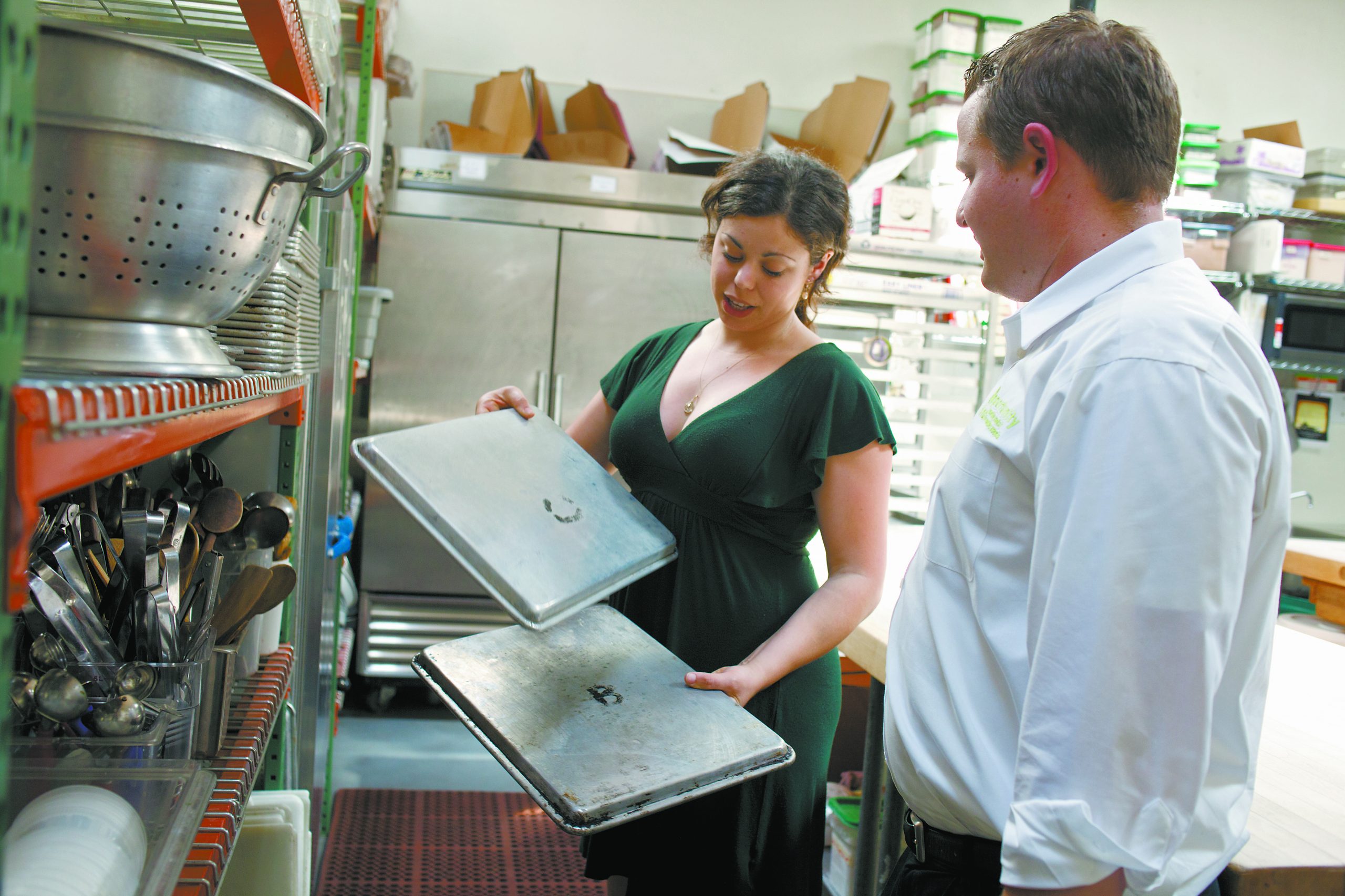A spate of suicides and scandals that rocked the microfinance community in South Asia has prompted Bay Area-based microfinance groups to join a growing movement calling for better transparency and education involving small loan distributions.
Reports of suicides in the Indian state of Andhra Pradesh among small borrowers, who lacked basic financial skills and got over-indebted by taking out new loans to repay existing ones, as well as heavy-handed collection practices by microfinance groups, gained such attention late last year that the state’s government had to intervene.
And a Danish documentary, “Caught in Micro Debt,” that aired on Norway TV in November, accused the Grameen Bank in Bangladesh of mismanaging foreign aid funds by directing the money to other organizations.
The bank’s founder and microcredit icon, and a Nobel Prize winner in economics, Muhammad Yunus, was removed as managing director of the Grameen Bank in April. Though the reason for his removal has been attributed to retirement age violations, some experts said it might have been politically motivated. It was the latest incident forcing the microfinance industry to re-examine its commitment to the poor, as the dual interests of poverty alleviation and profit-generation compete in an ever more complex web of micro-loan ventures.
Kristin Houk, president of San Francisco microcredit group NamasteDirect, said her organization is well aware of the negative press and scrutiny surrounding the microcredit industry.
“Unfortunately, there’s a lot of money to be made in microfinance because interest rates can be quite high,” she said, “so people often see it as an opportunity to get in the game.”
Microfinance experts say that annual interest rates on loans charged by some microfinance groups can exceed 50 percent.
While NamasteDirect charges about 21 percent, Houk said her group also provides resources like business advising and skills training to help clients successfully repay the loans.
NamasteDirect has offices in the Guatemalan cities of Antigua and Suchitepéquez, where it currently serves about 420 clients. Houk says her borrowers — artisans, food producers and shopkeepers — have average loans of about $225, and that the current rate of repayment is 100 percent.
Houk said her organization is commited to ensuring that all repaid money is generated from the businesses it went to serve.
Domestic microfinance institutions here say that the scandal of some microcreditors operating overseas has enabled the local community to acknowledge the limitations of the model.
“We see real opportunity here to finally sort of peel back the mystique: the notion that microfinance is a silver bullet for poverty reduction,” said Caitlin McShane, the communications manager at Opportunity Fund, a San Francisco social enterprise group providing microfinance and other financial services in the Bay Area.
McShane said that for low-income people struggling to be entrepreneurs, “a micro-loan at the right price, transparent and fairly sold to them, is a great thing.” Unlike many microfinance organizations, which simply grant loans without educating borrowers on how the loans work, she added, her organization employs old-fashioned banking techniques, such as the use of loan officers who conduct conversations with borrowers about their business needs and the direction of their companies.
McShane said Opportunity Fund’s median loan size is $7,000, and the interest rate it charges is 8 percent.
Premal Shah, president of Kiva, an online platform facilitating microcredit transactions, said by email that one of his organization’s newest partners, Grameen America, a New York–based nonprofit microfinance group founded by Yunus, “requires borrowers to complete a five-day (one hour-long session per day) group training program where they learn about interest rates, loan and savings products, and credit establishment before they receive a loan.”
According to a 2008 survey on domestic microenterprise programs by the Aspen Institute, an international public policy nonprofit based in Washington, D.C., 57 microenterprise ventures in California served a total of 26,995 people.
Globally, the number of people impacted by microfinance programs is much higher.
A recent report by the Microcredit Summit Campaign, a microfinance advocacy group also in Washington, D.C., found that in 2009, “loans to 128.2 million poorest clients affect a total of 641.1 million people, including both clients and their family members.”
Given the size of the industry, experts say that transparency of financial information about products offered by microfinance organizations is crucial to ensuring their social impact.
Transparency-oriented groups like the Microfinance Information Exchange in Washington D.C. publish quantitative and qualitative online social performance financial data of microfinance institutions in developing countries, which lenders can use to examine before making a loan.
In 2008, Chuck Waterfield, an adjunct associate professor of International and Public Affairs at Columbia University, founded Microfinance Transparency, another transparency organization that publishes annual percentage rates as well as other financial data from microfinance institutions operating across 28 countries.
“A small percentage of microfinance institutions have been sort of taking advantage of the non-transparent market,” Waterfield said.
He said that in most countries where his group works, microfinance organizations are not required to publish their financial information, so some organizations hide the true prices of their financial products and set off a downward spiral, prompting other groups to compete by hiding their prices.
Yet in spite of the contentious discussions, scandals and breaches of ethics in the industry, some are confident that microfinancing is still going strong.
“I think credit is always something people are going to want,” said Bruce Wydick, professor of economics at the University of San Francisco. “There may be a blip in the confidence in microfinance, but it provides a really important service to many people. Microfinance is here to stay.
“It may need to be regulated more than it is now for good reasons,” he said, “but it’s not going to go away.”
A version of this story appeared in the SF Public Press spring print edition.










